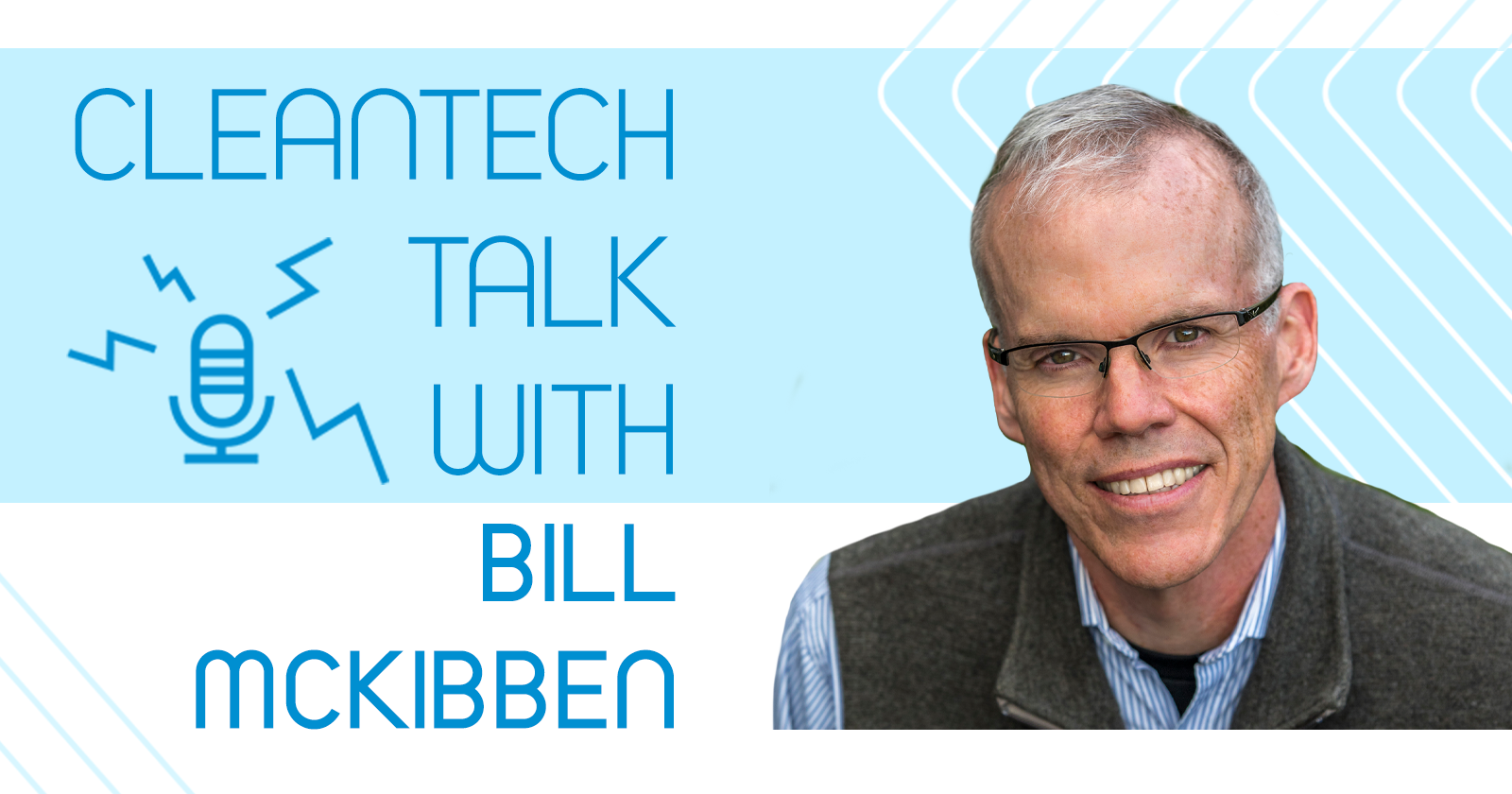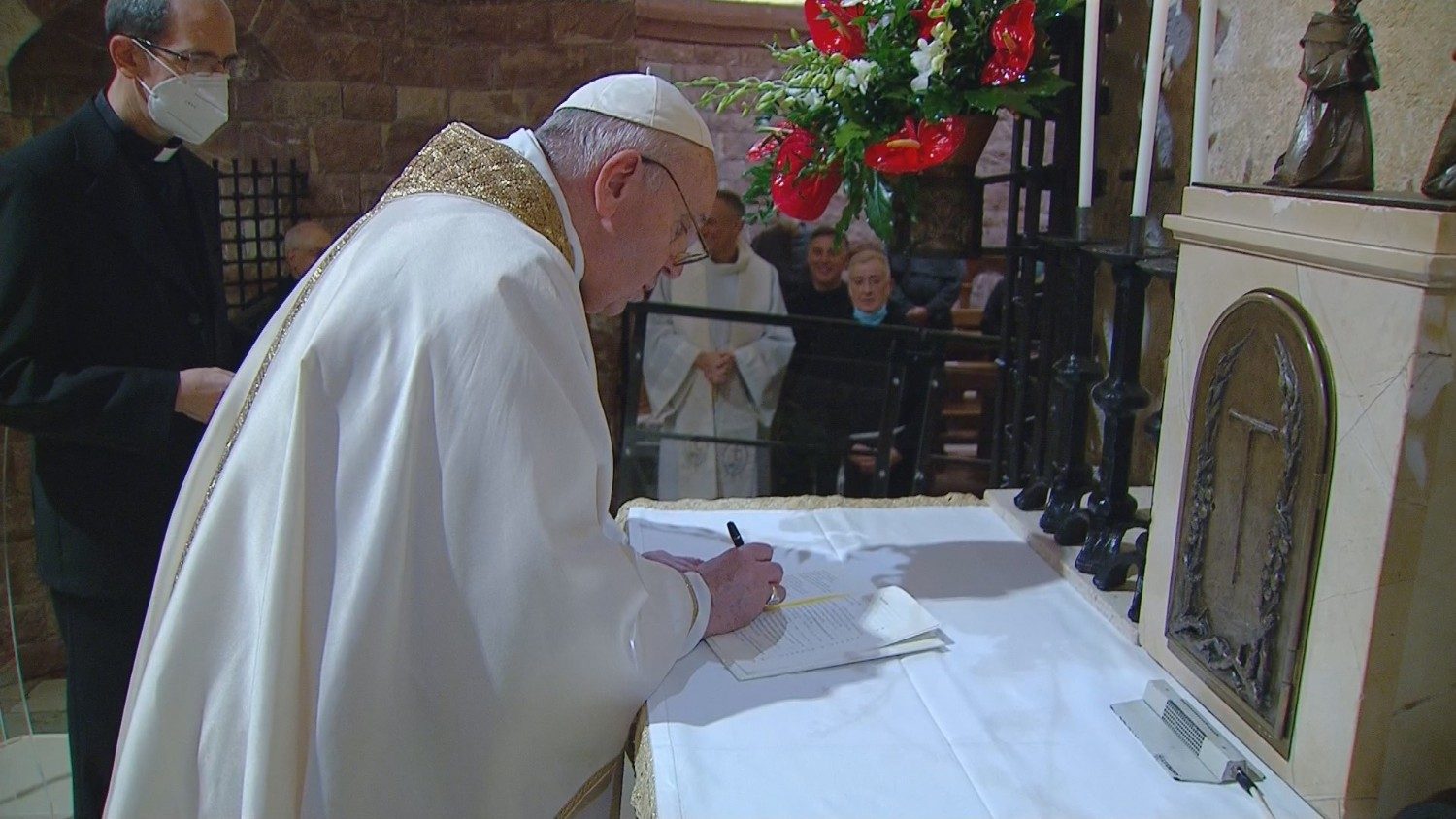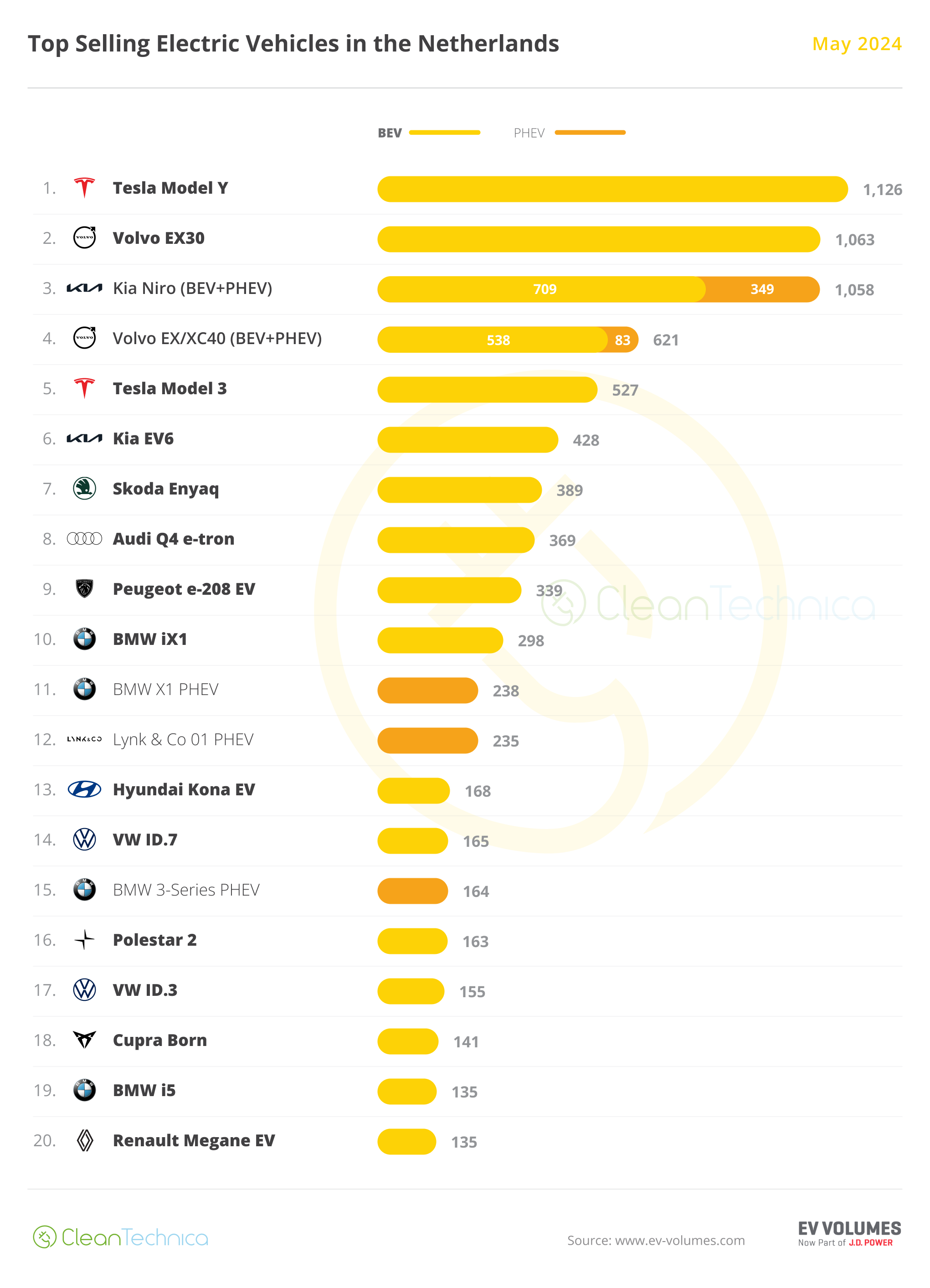Sign up for daily news updates from CleanTechnica on email. Or follow us on Google News!
Mostly everyone is aware by now that September of 2023 was the hottest September in recorded history and not by a little, by a lot! The graph above was created by well known climate scientist Zeke Hausfather from data compiled by the Japanese Meteorological Agency and reported by Bill McKibben in his most recent post on Substack.
Hausfather explains the gray area is composed of the daily global temperature anomalies from the JRA-55 dataset for each day of the year between 1958 through September 21st, 2023. The JRA-55 data is available in near-real time while other datasets can take weeks to provide a result. The black line shows 2023 to date, the red line shows the prior warmest year on record (2016). The month of September is highlighted in blue.
The data from September, 2023 shows average temperatures for the month were 1.8º C above pre-industrial levels and a full half degree C hotter than any September ever recorded.
Bill McKibben Weighs In
 “Right now, thanks to our recklessness, the sun is overheating our planet,” McKibben writes. “And by right now, I don’t mean in this century. I mean, in this month. The global temperature readings for September should have been the top story on every newscast in the world, because they were bonkers.
“Right now, thanks to our recklessness, the sun is overheating our planet,” McKibben writes. “And by right now, I don’t mean in this century. I mean, in this month. The global temperature readings for September should have been the top story on every newscast in the world, because they were bonkers.
“June, July, and August were historically hot — we saw the hottest days recorded on the planet in 125,000 years. September wasn’t quite as hot because it’s fall, but in relative terms September was even more outrageous. It was, the scientists tell us, the most anomalous month we’ve ever seen, with temperatures so far beyond historical norms that the charts don’t even seem to make sense.
“We have, in effect, turned September into July,” according to McKibben. “That’s not hyperbole, that’s just data. And in so doing, September smashed through the 1.5 degree Celsius warming mark that the world set as a target in Paris just eight years ago. We’ve been talking about it ever since, and now we’re there.”
The Sun Is Our Frenemy
There’s no huge mystery about why, McKibben writes. “Yes, we’re in an El Niño, though it’s only now kicking in. Yes, reduced air pollution from ships and Asian cities means less sun reflected. But, basically, the gases we’ve poured into the atmosphere are turning the sun from our greatest friend into our most daunting problem.
“At the exact same time, the sun is our greatest hope for getting us out of our predicament. Again, there are lots of other things we could talk about: whether we’ll eventually have small nuclear reactors, or deep geothermal power, or a dozen other possible wonders. But right now, in the same months that the planet is overheating, our cheap quick ways out of trouble rely on that same ball of burning gas orbiting 93 million miles above us. They are solar panels that catch the sun’s rays directly, and wind turbines that take advantage of the fact that the sun differentially heats the earth, creating the breezes that make them turn.”
But There Is Good News
“So here’s what good news I’ve got,” McKibben says. “At the same moment that the planet is starting to broil, the solar market is starting to cook.” He ran into solar entrepreneur Danny Kennedy at Climate Week in New York City, who told him, “The planet is now adding a gigawatt a day of solar power. A nuclear plant’s worth every day of solar power.” About half of that total is being added in China and far outdistancing the increase in its fossil fuel plants. The U.S. is second, followed by Brazil and India.
McKibben finds this to be remarkable news and reason for optimism at a time when the future seems particularly bleak. “Think of the work that traditionally goes into building a new power plant — the years of work and planning and pouring concrete. We’re building the equivalent of one of those every day now, and instead of burning coal or gas they’re letting the sun handle the combustion.”
The latest report from the International Energy Agency contains what McKibben considers to be a significant change in tone since its 2021 report. Back then, it was all about “should” while now the report is all about “will.” As the result of the continued rapid growth in renewable deployment, the IEA has moved from a theoretical exercise in 2021 to embracing the prospect of a net zero future with enthusiasm.
“Even without accounting for the destruction of the earth, the rapid build out of renewable energy is cheaper than business as usual. It requires a little more capital expenditure to build all those solar panels than to keep replacing fossil fuel infrastructure but the operating expense is far lower because … wait for it … the sun delivers the power for free, while Saudi Arabia and Exxon charge.”
Americans Support Renewable Energy
Despite the ongoing efforts of the fossil fuel industry to gin up NIMBY opposition, McKibben points out a new survey by the Pew Research Center finds that Americans are willing to live next to solar and wind farms.
“Three-quarters of all Americans say they would be comfortable living near solar farms while nearly 7 in 10 report feeling the same about wind turbines. And these attitudes appear to remain largely consistent regardless of where people live. According to the poll, 69 percent of residents in rural and suburban areas say they would be comfortable if wind turbines were constructed in their area, as do 66 percent of urban residents.
“General comfort with green energy infrastructure crosses party lines, with 66 percent of Republicans saying they are comfortable with a field of solar panels being built in their community and 59 percent comfortable with wind turbines. Among Democrats, 87 percent are comfortable with solar farms and 79 percent with wind farms.”
The Race Is On — Bill McKibben
But the race is on, McKibben warns. “And that’s what it is, a flat-out race to build as much renewable energy — and to keep in the ground as much fossil energy — as we possibly can in the hope that eventually that rising technological curve will bend that rising temperature curve. It’s amazing that they’ve both gone somewhat vertical at precisely the same moment, but that’s the story of our time on Earth.
“The sun keeps pumping out more or less the same amount of energy day in and day out. It’s what we do down here on earth that will decide whether it cooks us or saves us.”
Pope Francis Sends The World A Letter

Courtesy of The Vatican
Bill McKibben has nothing but praise for Pope Francis, who he says may have shown once again why he is the world’s most useful environmentalist. His new letter on global heating is specific and pointed. He begins with an efficient and necessary rebuttal of the denier arguments that the fossil fuel industry has worked so hard to spread:
“In recent years, some have chosen to deride these facts. They bring up allegedly solid scientific data, like the fact that the planet has always had, and will have, periods of cooling and warming. They forget to mention another relevant datum — that what we are presently experiencing is an unusual acceleration of warming, at such a speed that it will take only one generation — not centuries or millennia — in order to verify it. The rise in the sea level and the melting of glaciers can be easily perceived by an individual in his or her lifetime, and probably in a few years many populations will have to move their homes because of these facts.”
How utterly prescient His Holiness is, as the great climate migration has already begun from northern Africa to southern Europe and from South and Central America to the United States has already begun. Pope Francis calls on humans to rethink their ideas on power, but also has very practical and pointed things to say about how government and industry should be moving in the fall of 2023.
“The United Arab Emirates will host the next Conference of the Parties (COP28). It is a country of the Persian Gulf known as a great exporter of fossil fuels, although it has made significant investments in renewable energy sources. Meanwhile, gas and oil companies are planning new projects there, with the aim of further increasing their production. To say that there is nothing to hope for would be suicidal, for it would mean exposing all humanity, especially the poorest, to the worst impacts of climate change.
“If we are confident in the capacity of human beings to transcend their petty interests and to think in bigger terms, we can keep hoping that COP28 will allow for a decisive acceleration of energy transition, with effective commitments subject to ongoing monitoring. This Conference can represent a change of direction, showing that everything done since 1992 was in fact serious and worth the effort, or else it will be a great disappointment and jeopardize whatever good has been achieved thus far.”
Pope Francis ends with a pointed message for American bishops who too often have been in league with the climate deniers in the Republican party.
“If we consider that emissions per individual in the United States are about two times greater than those of individuals living in China, and about seven times greater than the average of the poorest countries, we can state that a broad change in the irresponsible lifestyle connected with the Western model would have a significant long-term impact. As a result, along with indispensable political decisions, we would be making progress along the way to genuine care for one another.”
Pope Francis has clearly laid down a marker for American Catholics — take care of the planet and the planet will take care of you. And vice versa.
The Takeaway
Clearly, it is time for the human inhabitants of the Earth to awaken from their deep, centuries long slumber. We were not given the Earth to subjugate and plunder. It is a delicate, even fragile, place where a difference in average temperatures can be the difference between survival and extinction.
Try this experiment if you don’t believe it. Take a container of ice cream out of the freezer and put it in the refrigerator. Wait a few hours. Is it still ice cream or is it now a gloppy mess? That’s pretty much what is happening to the Earth today. And if we let it continue, most humans will be dead by the end of this century.
The changes we are seeing are not linear, they are exponential, which means the pace of change will be much faster than most of us can imagine. By the time we realize what is happening, it may well already be too late. The head of OPEC can fuss and fume all he wants. His products are murdering us all and most of the other species we share the Earth with. His focus on profits is ignorant and dangerous — and suicidal as well.
If COP 28 does not produce a breakthrough agreement, humanity may have missed its last clear chance to save itself from the corrosive power of avarice. Ask yourself this question. When you hear people say the price of a zero carbon economy is too high, ask them to please specify precisely what the value of a habitable planet is? Chances are they will have no answer.
Have a tip for CleanTechnica? Want to advertise? Want to suggest a guest for our CleanTech Talk podcast? Contact us here.
EV Obsession Daily!
I don’t like paywalls. You don’t like paywalls. Who likes paywalls? Here at CleanTechnica, we implemented a limited paywall for a while, but it always felt wrong — and it was always tough to decide what we should put behind there. In theory, your most exclusive and best content goes behind a paywall. But then fewer people read it!! So, we’ve decided to completely nix paywalls here at CleanTechnica. But…
Thank you!
Tesla Sales in 2023, 2024, and 2030
CleanTechnica uses affiliate links. See our policy here.




